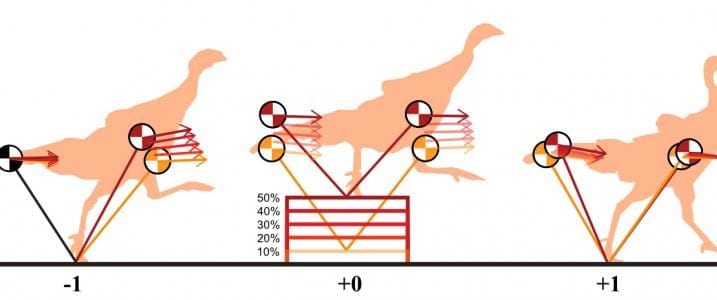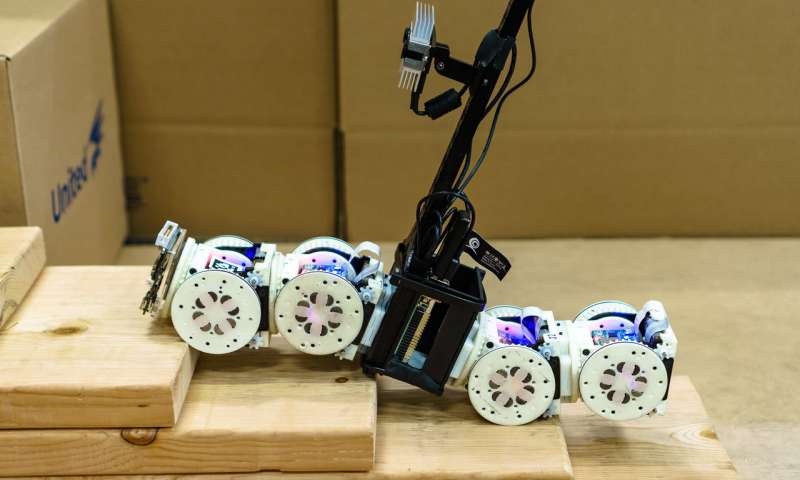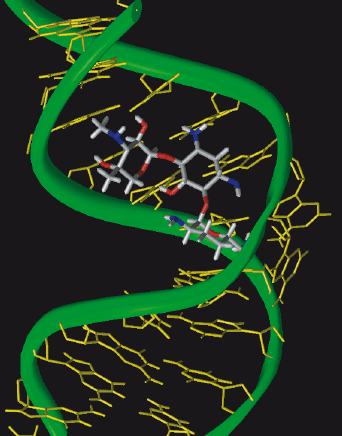
With an eye toward making better running robots, researchers have made surprising new findings about some of nature’s most energy-efficient bipeds – running birds.
Although birds are designed primarily for flight, scientists have learned that species that predominately live on land and scurry around on the ground are also some of the most sophisticated runners of any two-legged land animals. These characteristics may have been evolving since the time of the dinosaurs and, some would say, now transcend the ability of other bipedal runners, including humans.
In a study published today in the Journal of Experimental Biology, researchers from Oregon State University, the Royal Veterinary College and other institutions outline how running birds have achieved an impressive ability to run while minimizing energy cost, avoiding falls or injury, and maintaining speed and direction.
“Birds appear to be the best of bipedal terrestrial runners, with a speed and agility that may trace back 230 million years to their dinosaur ancestors,” said Jonathan Hurst, an associate professor and robotics expert in the OSU College of Engineering.
Running birds come in an enormous range of sizes, from tiny quails to an ostrich that has 500 times as much body mass. Most, but not all, can fly, but spend most of their lives on the ground, and they don’t always look the most graceful when they run. But researchers found that they maximize the results while keeping their priorities straight – save energy and don’t break a leg.
In the wild, an injury could lead to predation and death; and in like fashion, when food resources are limited, economy of motion is essential.
“These animals don’t care that they appear a little unstable or have a waver in their gait,” Hurst said. “Their real goal is to limit peak forces, avoid falling, be safe and be as efficient as possible. If their upper body seems to lurch around a little as a result, that’s okay. What they are accomplishing is really quite elegant.”
Even more surprisingly, a wide variety of ground-running bird species with very different body sizes use essentially the same strategy to accomplish these sometimes conflicting tasks. In order to hop over obstacles on uneven ground, they use a motion that’s about 70 percent a “vaulting” movement as they approach the obstacle, and 30 percent a more-crouched posture while on top of the obstacle.
“Evolution has shaped running birds into all different sizes and skeletal structures,” said Christian Hubicki, a doctoral student at Oregon State who co-authored the study. “But we found their behavior in how they run is essentially the same.”
In collaboration with Monica Daley at the Royal Veterinary College in London, the researchers studied five species of birds and developed a computer model in OSU’s Dynamic Robotics Laboratory that closely matches that behavior.
“We should ultimately be able to encode this understanding into legged robots so the robots can run with more speed and agility in rugged terrain,” Hubicki said. “These insights may also help us understand the walking and running behaviors of all the common ancestors involved, including theropod dinosaurs such as the velociraptor.”
The Latest on: Running robot
[google_news title=”” keyword=”Running robot” num_posts=”10″ blurb_length=”0″ show_thumb=”left”]
via Google News
The Latest on: Running robot
- Chinese company unveils humanoid running robot with large-scale commercial potentialon April 27, 2024 at 7:00 am
Tiangong, a humanoid robot described as the world's first full-sized humanoid robot capable of running solely on electric drive, was unveiled in the Beijing Economic-Technological Development Area on ...
- China unveils “Tiangong”: First fully electric humanoid robot capable of running at 6 km/hon April 27, 2024 at 5:10 am
China's Beijing Humanoid Robot Innovation Center unveils "Tiangong," a robot capable of human-like running at 6 km/h.
- I found the most powerful robot vacuum on the market, and it's cheaper than you'd thinkon April 27, 2024 at 5:00 am
The Yeedi performs like a high-end, two-in-one robot, with 11,000Pa of suction power, roller brush technology to prevent hair tangles, and a self-washing station. Unfortunately, I had to make virtual ...
- The best robot lawn mowers to buy in 2024, according to reviewson April 26, 2024 at 3:00 pm
These are some of the top robot lawn mowers that can cut your grass all season long, including models from Worx and Greenworks.
- Robots cannot outrun animals, but they’re evolving fasteron April 26, 2024 at 11:30 am
Despite these efforts, today's robots still cannot match the natural abilities of many animals in terms of endurance ...
- Last chance to get a Sam's Club membership for $14, the lowest price of 2024on April 26, 2024 at 10:25 am
Sam's Club offers the most affordable warehouse membership. While there are different benefits to every warehouse store, Sam's Club offers the lowest yearly membership fee. You won't be able to beat ...
- Robot Speaker at Commencement? Some Human Students Balkon April 26, 2024 at 12:48 am
Enter Sophia, a humanoid robot first launched in 2016 from Houston-based Hansen Robotics. The Buffalo university announced Wednesday it would bring Sophia to speak at its May 11 commencement ceremony.
- Please don’t spend $10K on this flamethrowing robot dogon April 25, 2024 at 7:38 am
Throwflame says the robot dog has around an hour of battery life, and the flamethrower on top can run for around 45 minutes. That’s a lot of barely controlled chaos in the hands of anyone with $10K to ...
- Evolution vs. Engineering: Why Can’t Robots Outrun Animals?on April 24, 2024 at 11:00 am
Despite superior individual components, robots lag behind animals in overall performance, suggesting a future focus on better system integration and control in robotics. Robotics engineers have worked ...
- Why animals run faster than their robot doppelgängers… for nowon April 24, 2024 at 11:00 am
“It [advances in robots] will move faster, because evolution is undirected,” University of Washington Department of Electrical & Computer Engineering Associate Professor Sam Burden said. “There are ...
via Bing News










